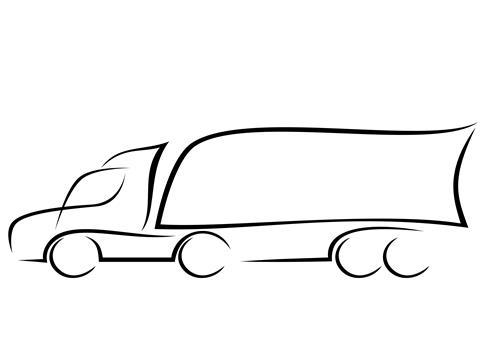
HGV operators have been given the go-head by DfT to use aerodynamic flaps and longer cabs to cut fuel consumption and emissions but trailer manufacturer Don-Bur warned this week that until the “Heath Robinson-style” designs currently available on the market are replaced with something more durable, uptake could be slow and expensive for operators.
The new regulations, in the pipeline since 2016, open the door to the use of elongated cabs and aerodynamic features fitted on the back of trailers, which help reduce fuel consumption. DfT said a 2013 study estimated that these aerodynamic improvements to HGVs could result in fuel savings of 7% to 15%.
Announcing the new rules, roads minister Baroness Vere said: “This is another brilliant step not just in our efforts to reduce emissions across our transport network, but also to improve safety on our roads.
“I hope operators will make use of these new regulations, introducing vehicles with these features into their existing fleets to reduce fuel consumption and boost safety.”
Phil Lloyd, Logistics UK’s head of engineering policy also welcomed the new rules. He said: “These features are vital in helping to reduce emissions and improve air quality and Logistics UK welcomes the design of elongated cabs that improve driver vision, and provide drivers with much-needed additional comfort space.”
However Don-Bur group marketing manager Richard Owens said that currently the market lacks a commercial solution.
Owens said: “In principle Don-Bur will always support the use of aerodynamic devices and regulations in order to reduce fuel and carbon output.
“However, care has to be taken when considering aerodynamic devices as some designs don’t have sufficient durability to bring worthwhile commercial benefits, as the devices can become easily damaged, thus adding repair costs.
He added: “We are currently looking at ways to improve aerodynamics at the rear without the risk of the device breaking. Currently there are a lot of Heath Robinson-style devices out there which are not practical and we need something which is much more solid and durable.”














